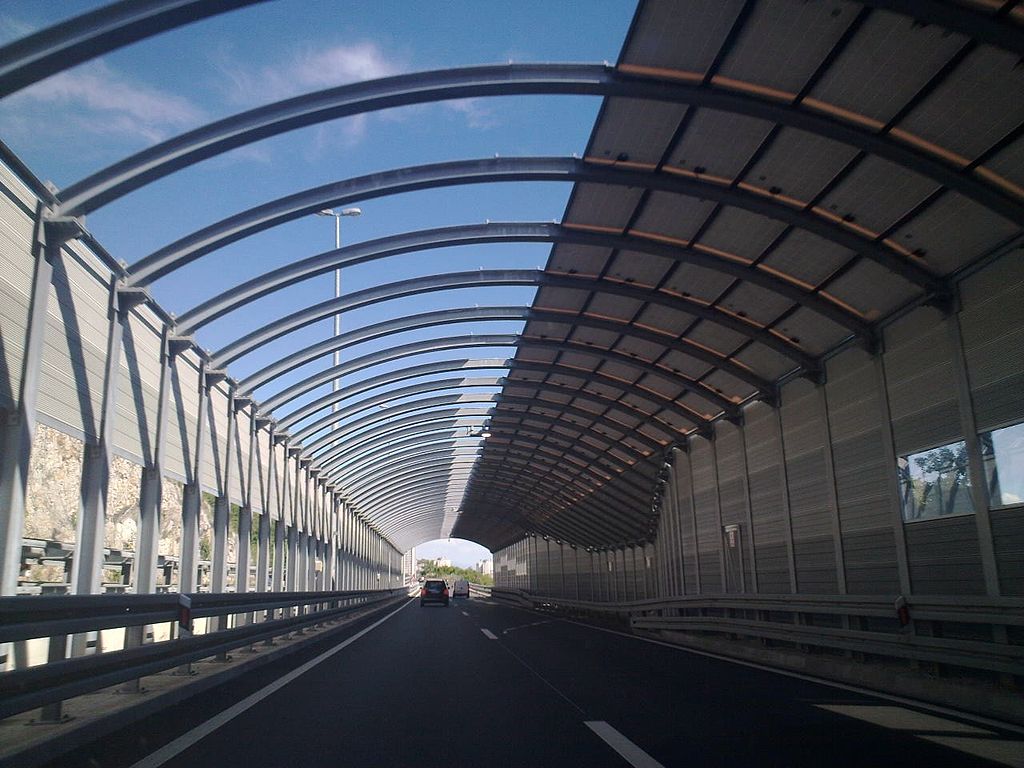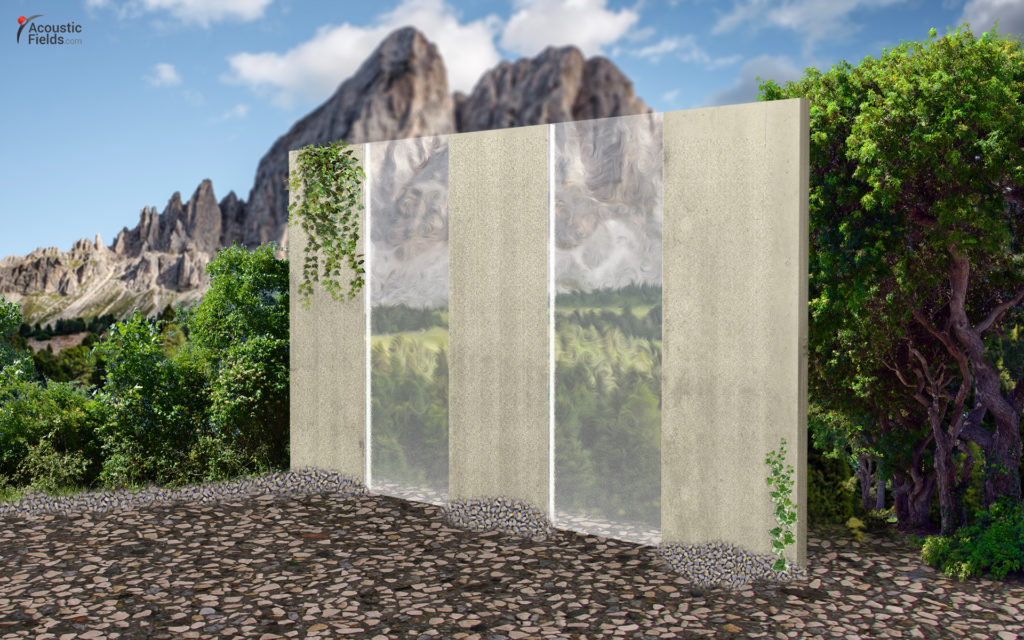
Table of Contents
Introduction
Room acoustics is a complex field that involves the manipulation of sound in enclosed spaces. One important aspect of room acoustics is the use of barrier processes to control the transmission of sound energy through walls, floors, and ceilings. Barrier processes are a set of techniques and materials that reduce the amount of sound energy that can pass through a barrier.
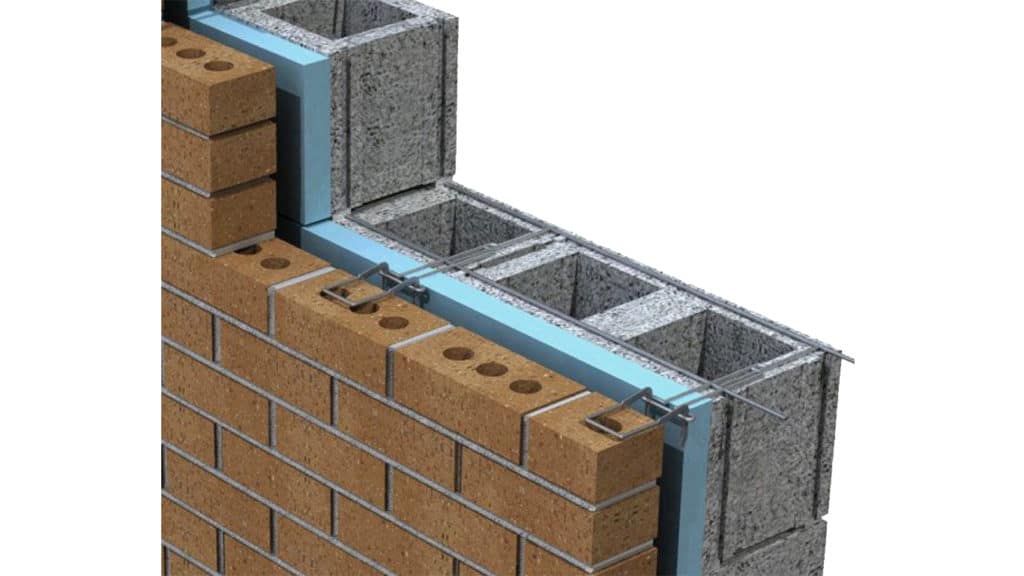
Types of Sound Transmission
Sound energy can be transmitted through a barrier in two ways: airborne transmission, and structure-borne transmission.
1.) Airborne transmission occurs when sound waves cause molecules in the air of the room to vibrate and pass through the barrier in the form of airborne sound waves.
2.) Structure-borne transmission occurs when sound waves vibrate the solid structure of the barrier, causing it to vibrate and transmit the sound energy to the other side.
3.) Structure-borne transmission occurs when sound waves vibrate the solid structure of the barrier, causing it to vibrate and transmit the sound energy to the other side.
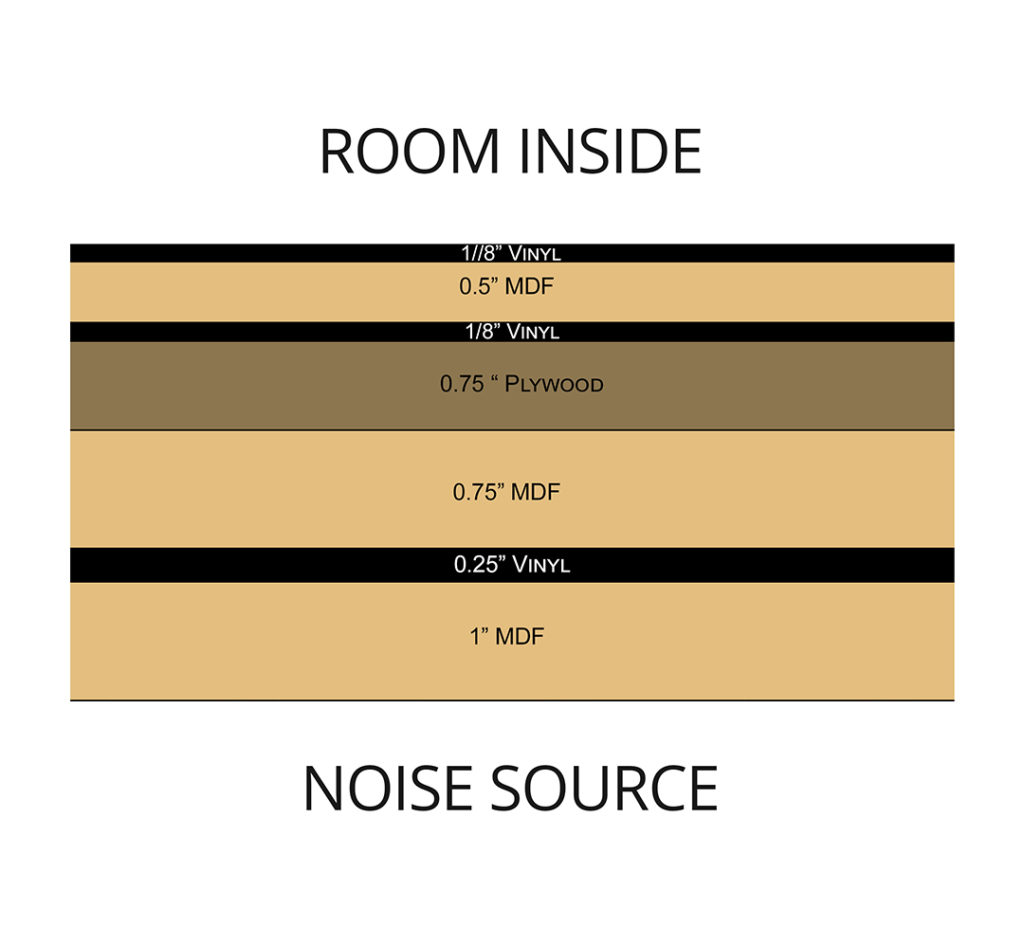
Understanding the Sound Transmission Class (STC) Rating
The Sound Transmission Class (STC) rating is used to measure the effectiveness of a barrier at reducing sound transmission. It is a single-number rating that represents the sound reduction properties of the barrier in decibels (dB). The higher the STC rating, the better the barrier is at reducing sound transmission.
- Mass: The addition of mass to a barrier can significantly reduce the amount of sound transmitted through it. Common materials used for mass include concrete, brick, and metal.
- Damping: Damping materials can be applied to a barrier to reduce the vibration caused by sound waves, which in turn reduces the amount of sound transmitted through the barrier. Common damping materials include viscoelastic polymers and bitumen.
- Decoupling: Decoupling involves separating the barrier from the structure it is attached to, which reduces structure-borne transmission. This can be achieved by using resilient channels, double studs, or isolation clips.
- Air gaps: Air gaps between two barriers can reduce airborne transmission by providing an additional barrier for sound waves to pass through.
- Absorption: Absorptive materials can be used to reduce the amount of sound reflected back into the room after it has passed through the barrier. Common absorptive materials include fiberglass, mineral wool, and foam.
| Material | Application |
|---|---|
| Concrete | Mass, damping |
| Brick | Mass, damping |
| Metal | Mass, damping |
| Viscoelastic | Damping |
| Bitumen | Damping |
| Resilient channels | Decoupling |
| Double studs | Decoupling |
| Isolation clips | Decoupling |
| Fiberglass | Absorption |
| Mineral wool | Absorption |
| Foam | Absorption |
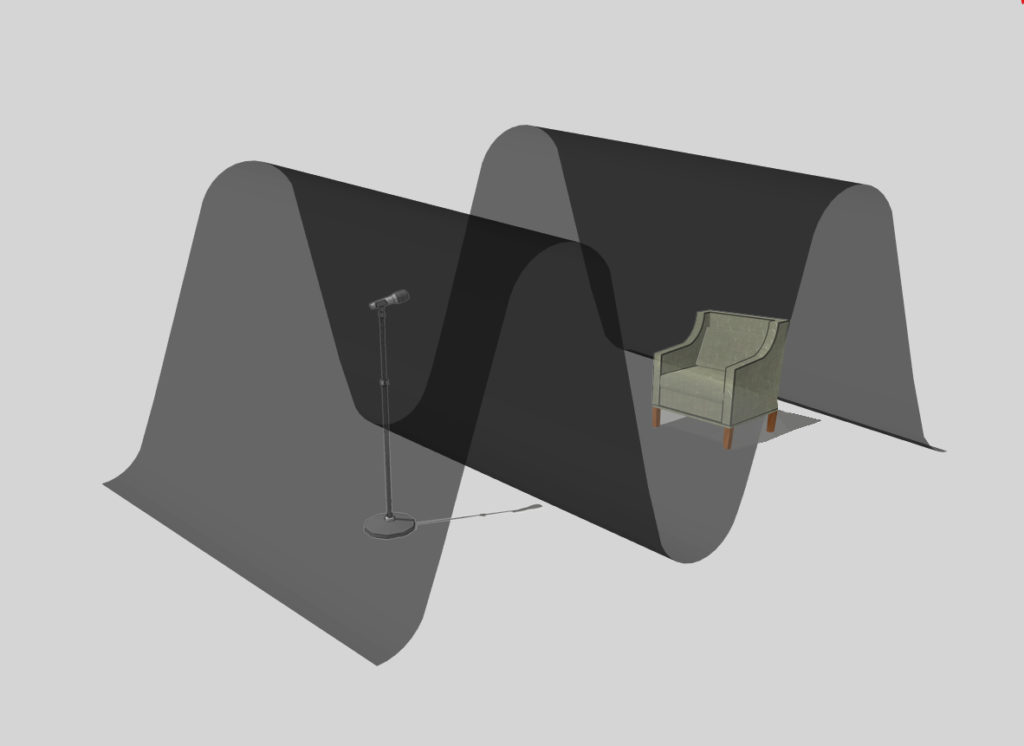
Sound Barriers by Acoustic Fields
At Acoustic Fields, we have processes to assist you with measuring noise. We have apps we send you for downloading on your phone. You take the noise numbers per our instructions and fill out the noise data on our online form. You send the form to us and we send you a drawing to build.
Conclusion
Barrier processes are an essential aspect of room acoustics that play a crucial role in controlling the transmission of sound energy. By understanding the different types of sound transmission and using techniques such as mass, damping, decoupling, air gaps, and absorption, it is possible to significantly improve the sound reduction properties of a barrier. When selecting materials for barrier processes, it is important to consider the specific application and the level of sound reduction required to achieve the desired acoustic environment.


